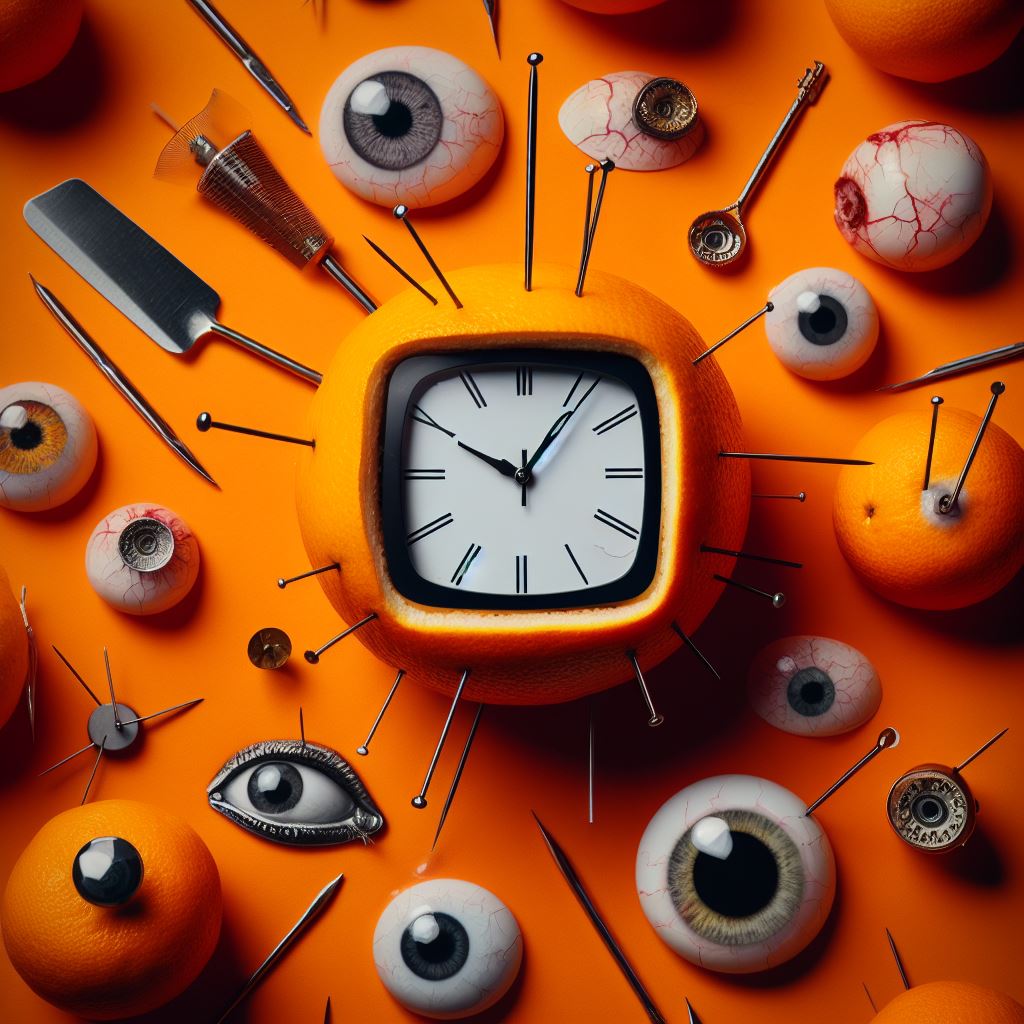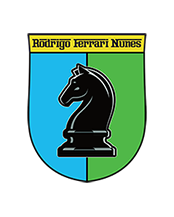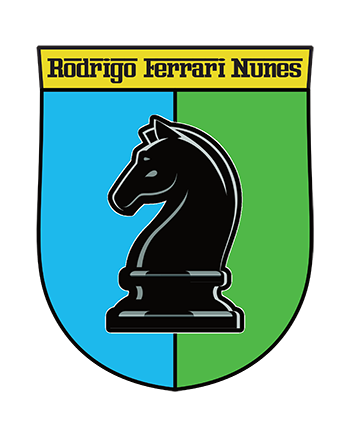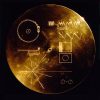 This analysis focuses on the symbolic implications of Stanley Kubrick’s rendition of A Clockwork Orange (1971). As with his later film The Shining (1980), Kubrick also modified an original novel in A Clockwork Orange, shaping it according to an underlying narrative that highlights surprising taboo themes.
This analysis focuses on the symbolic implications of Stanley Kubrick’s rendition of A Clockwork Orange (1971). As with his later film The Shining (1980), Kubrick also modified an original novel in A Clockwork Orange, shaping it according to an underlying narrative that highlights surprising taboo themes.
In Stanley Kubrick’s enigmatic film, “A Clockwork Orange,” we journey into a world where societal control and manipulation are front and center. Within this cinematic masterpiece, Kubrick subtly exposes the workings of the elites and their connection to the cultic milieu. Our analysis, spanning over four hours, unravels the intricate layers of Kubrick’s narrative, connecting the dots between the film’s themes and real-world figures like the monster known as Jimi Savile, who was protected by the BBC while abusing people for over 50 years in his role as television personality, propagandist, and criminal. The film also contains some of the first references to the cultic environment inhabited by modern villains like Jeffrey Epstein, his cronies and buddies. The fact that Kubrick was aware of all this by 1971 is indeed a disturbing revelation.
This comprehensive analysis of Kubrick’s “A Clockwork Orange” goes beyond the surface, offering a unique perspective on the film’s underlying themes. With a particular focus on the elites and the cultic milieu, we uncover the unsettling connections that shed light on how power operates behind closed doors. Our deep dive into this cinematic enigma challenges viewers to question narratives, examine symbolism, and confront the uncomfortable truths that shape our world. For those eager to explore the hidden layers of societal manipulation, this analysis serves as an invaluable resource.










